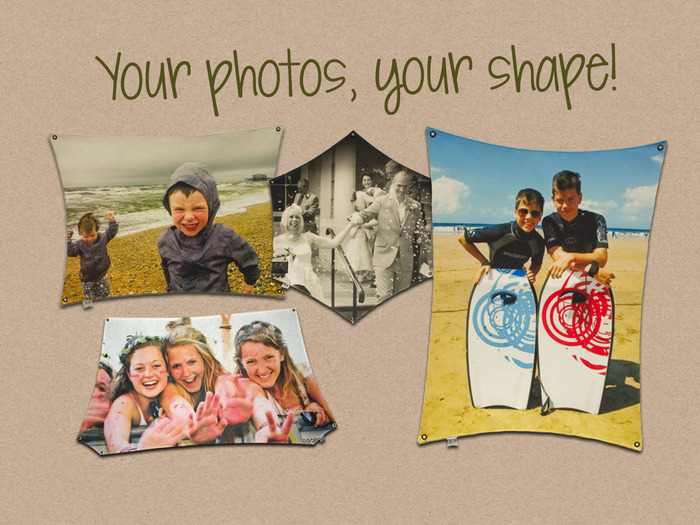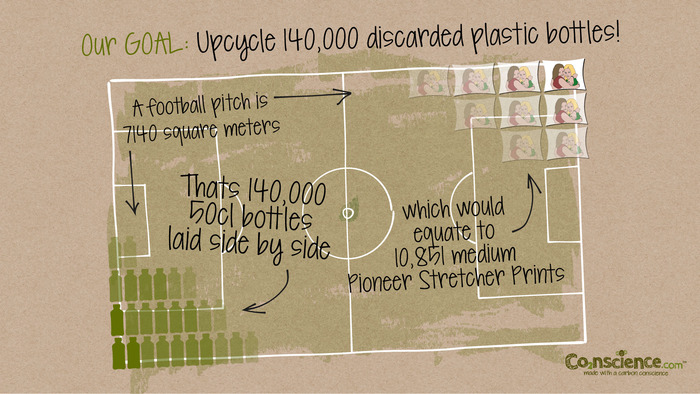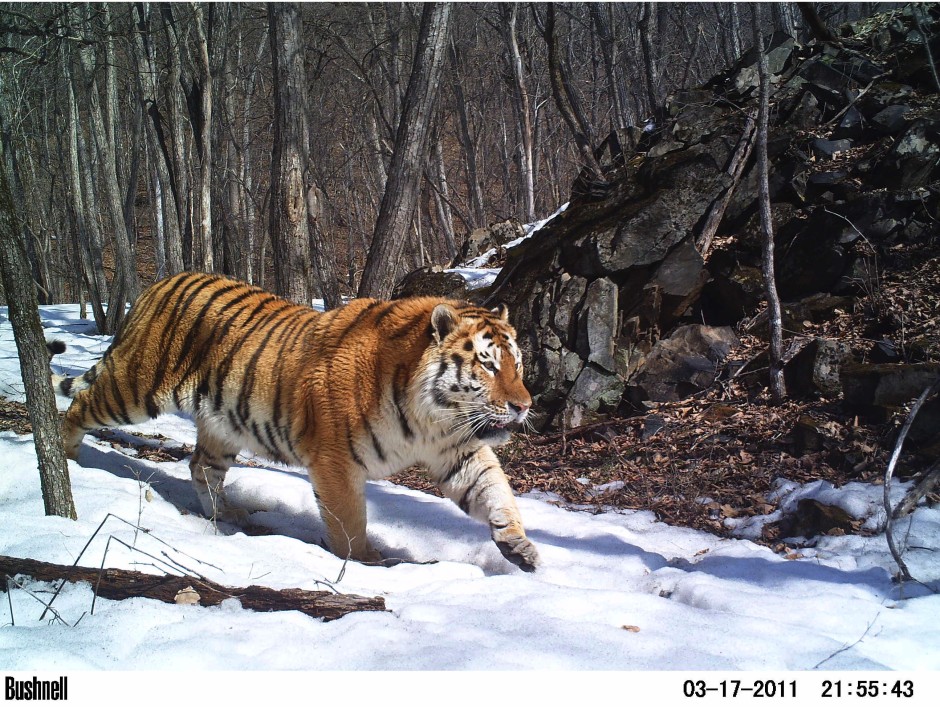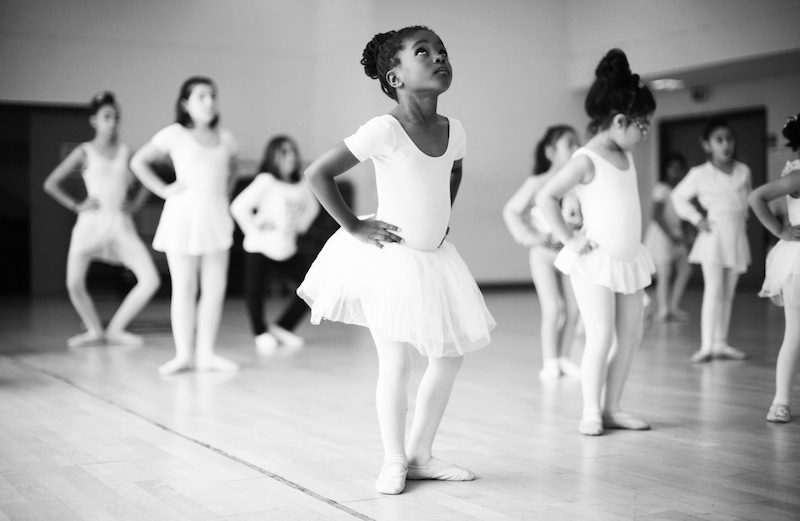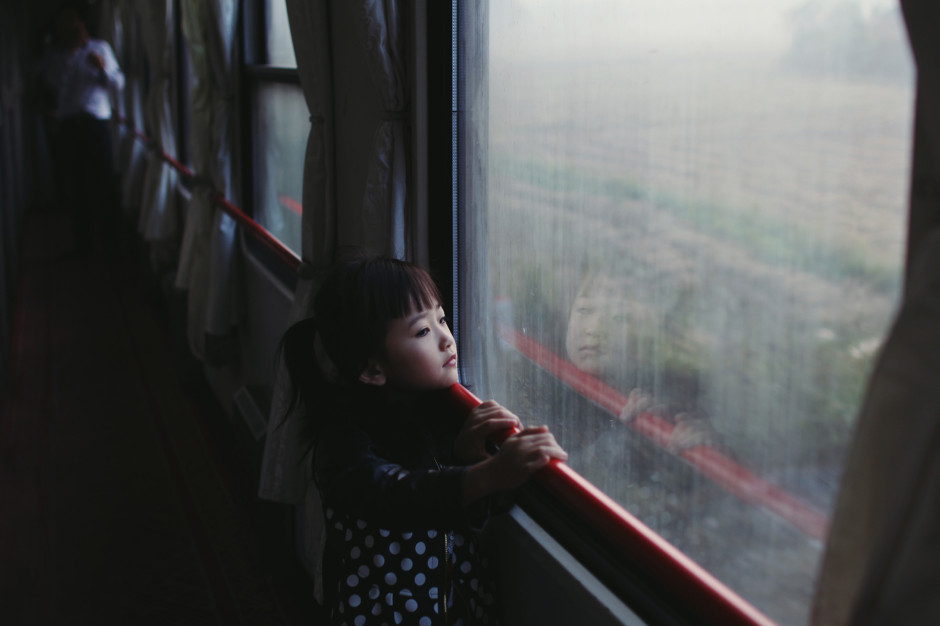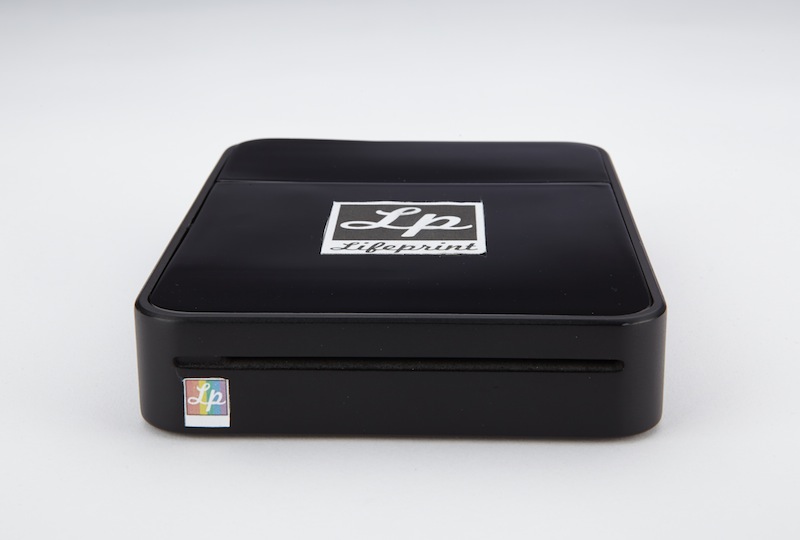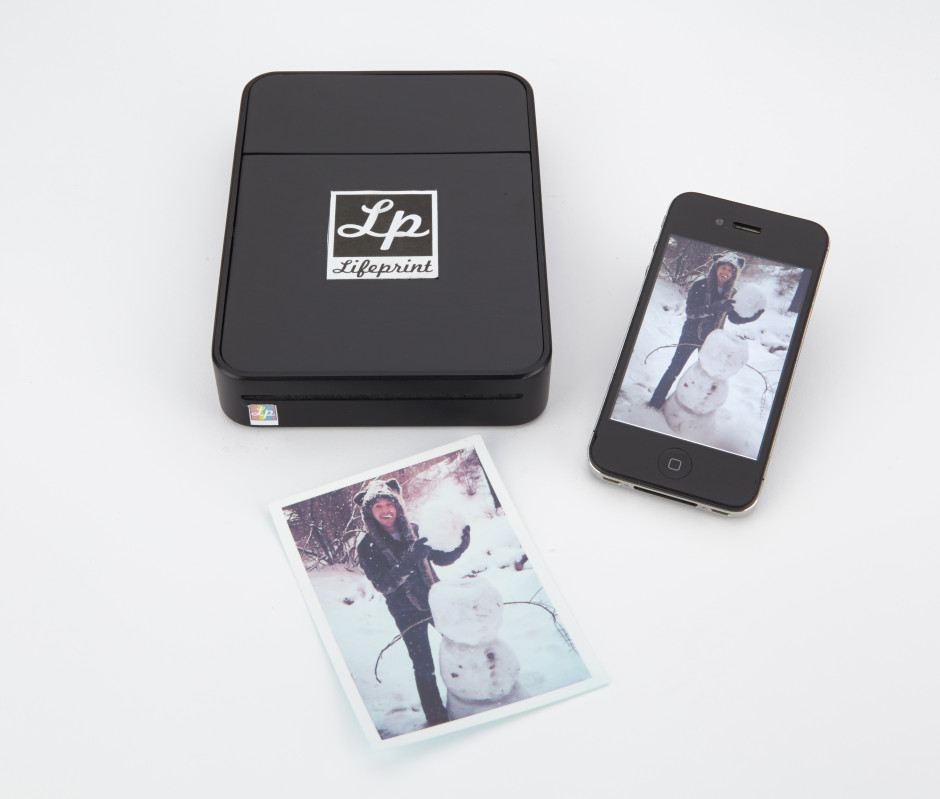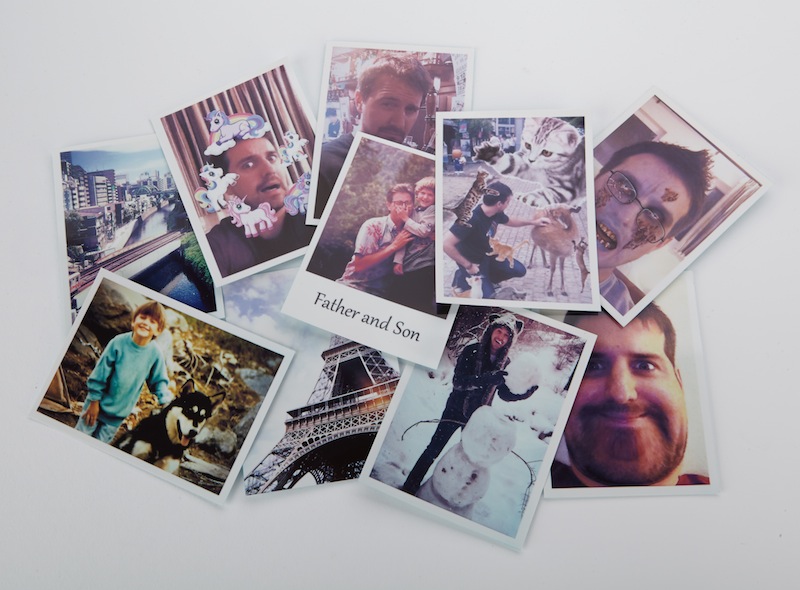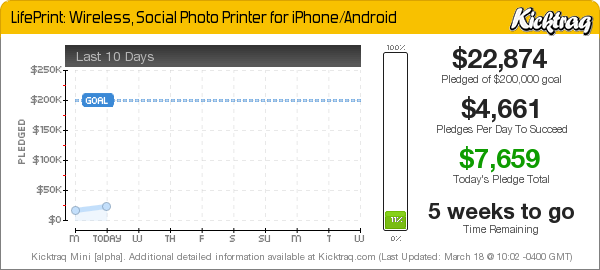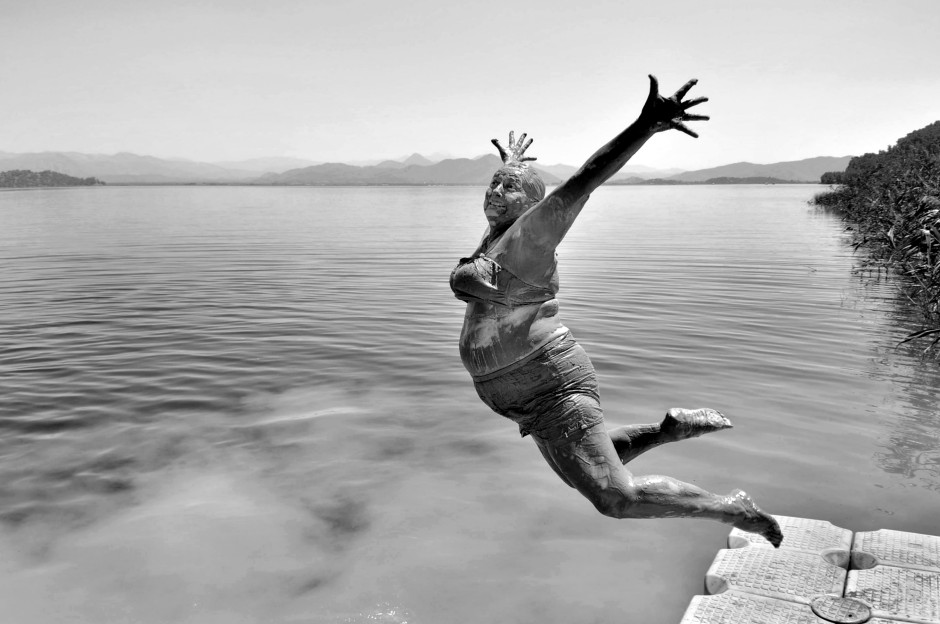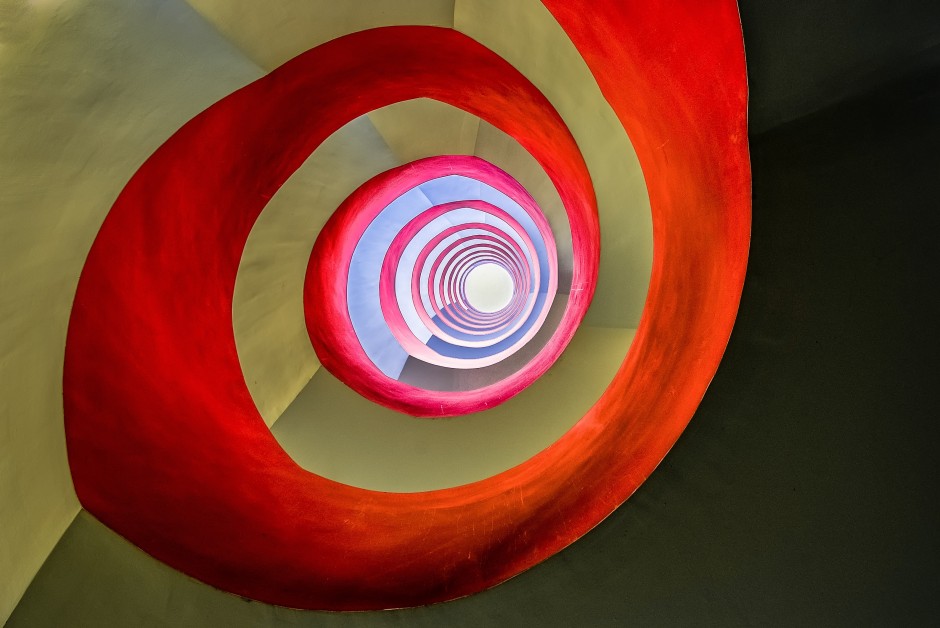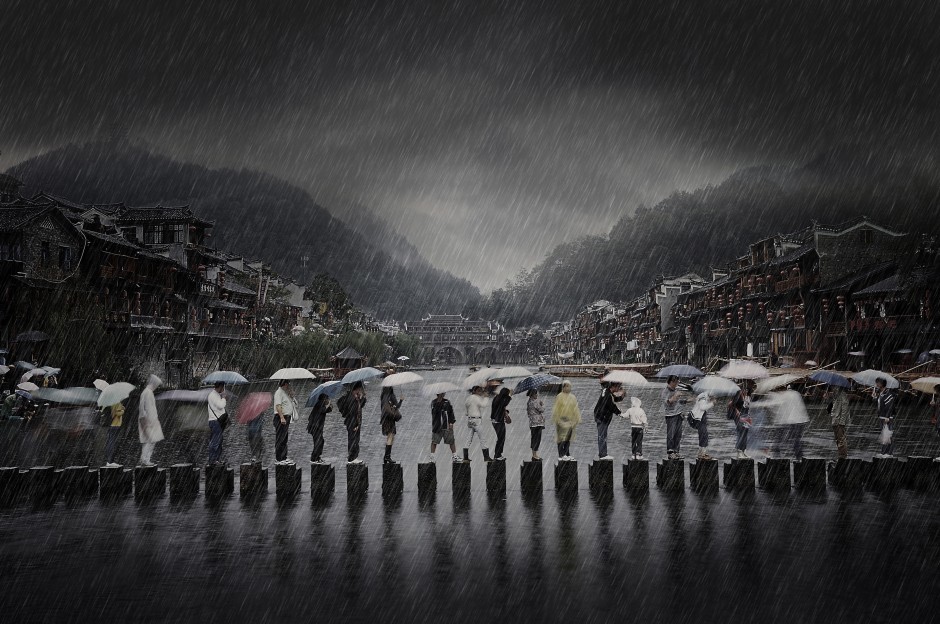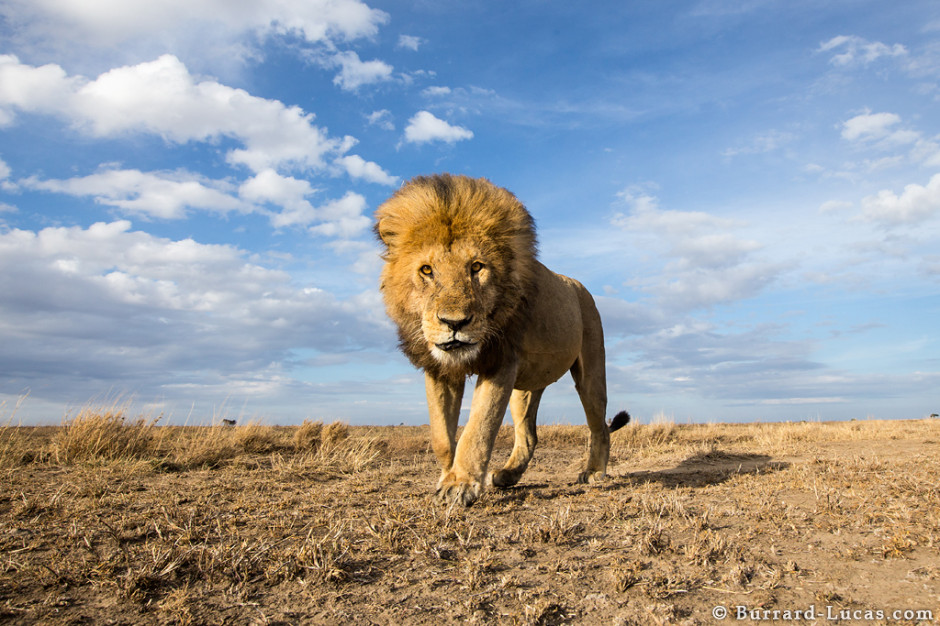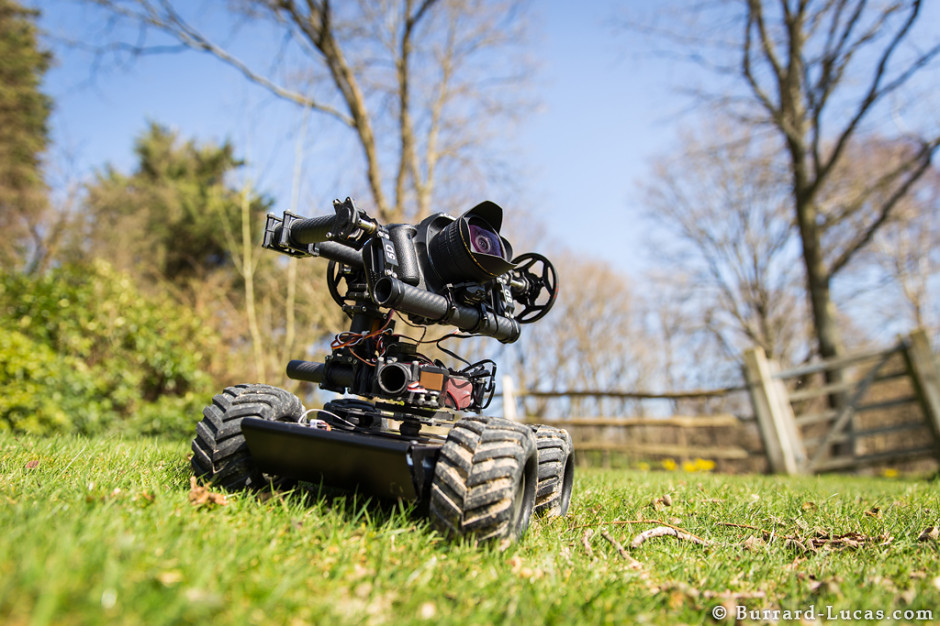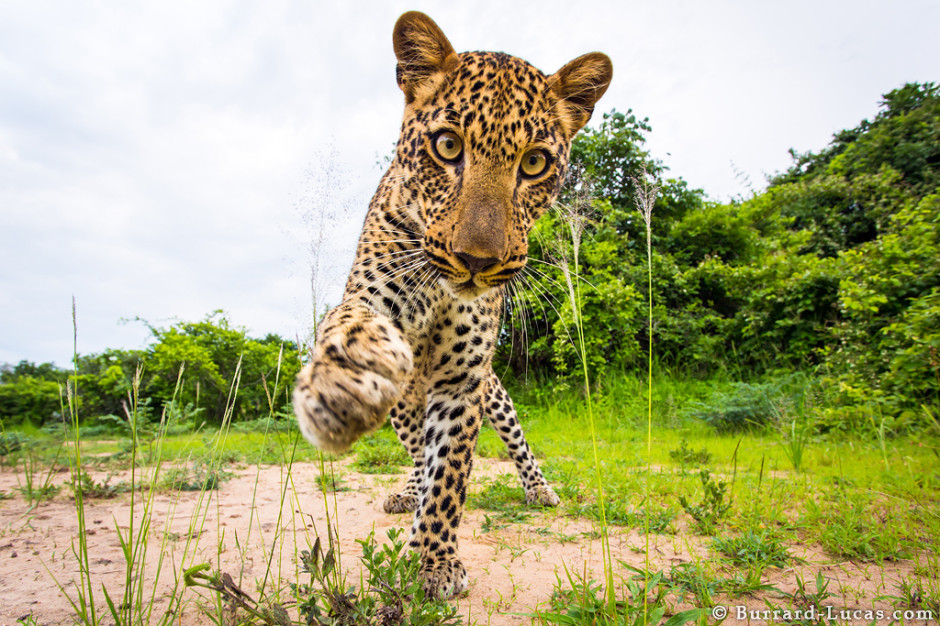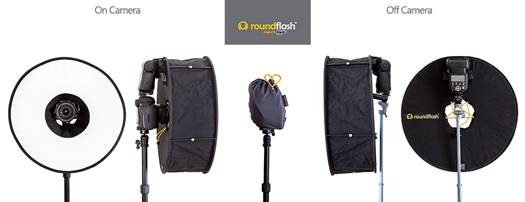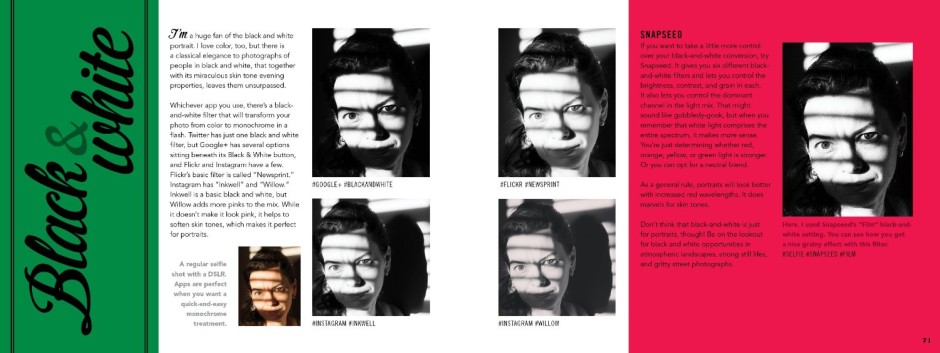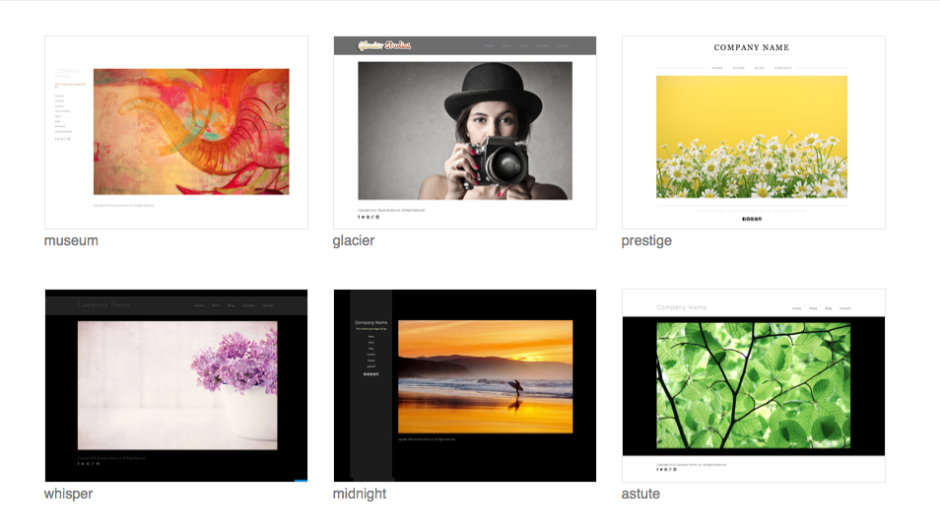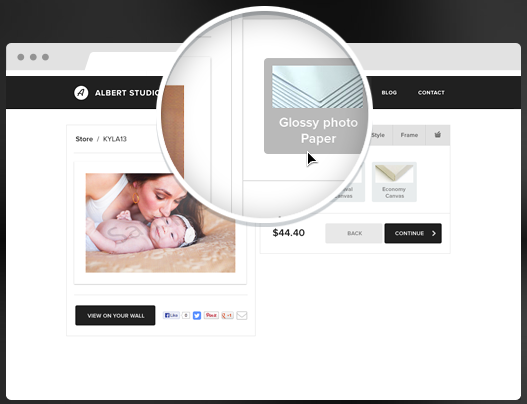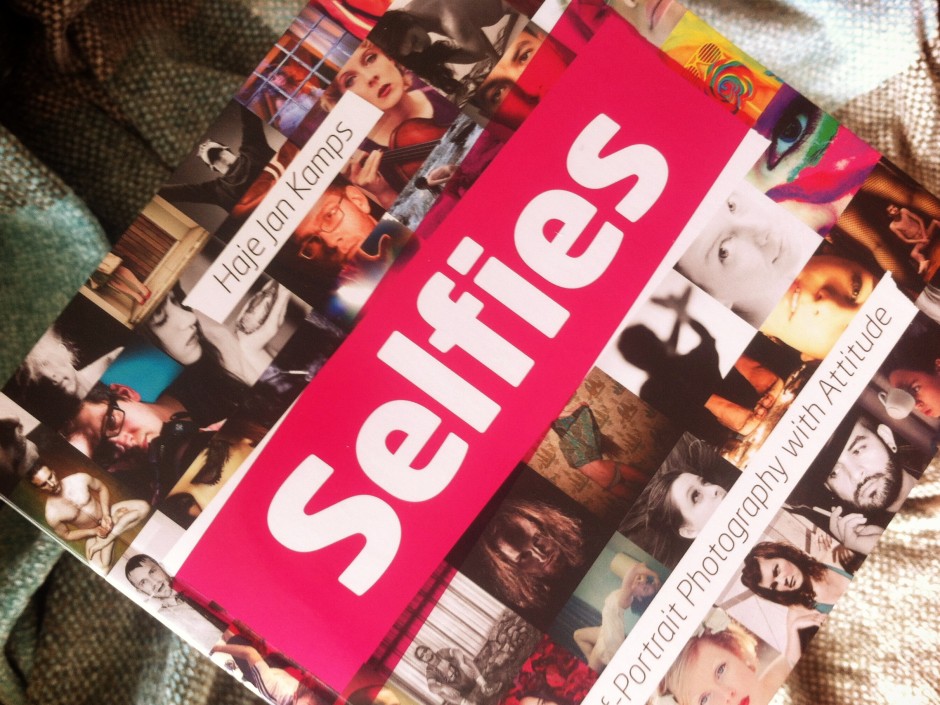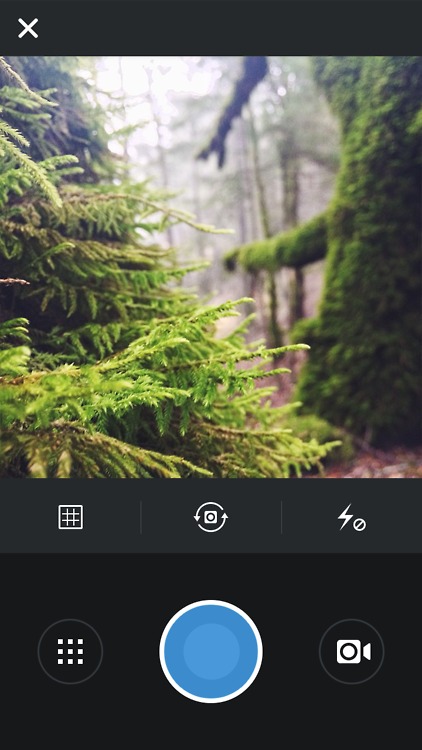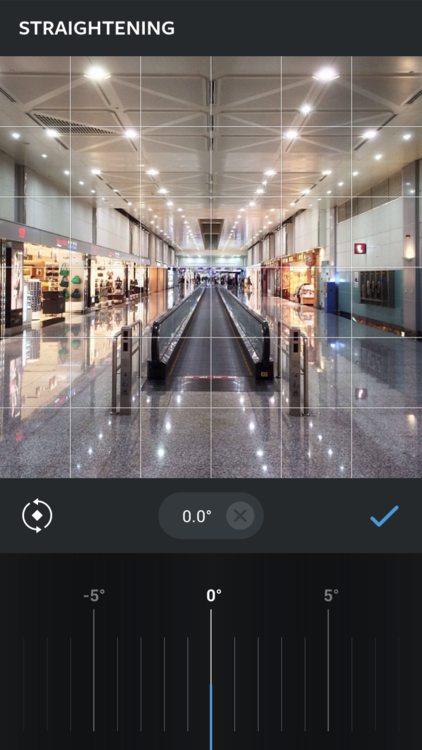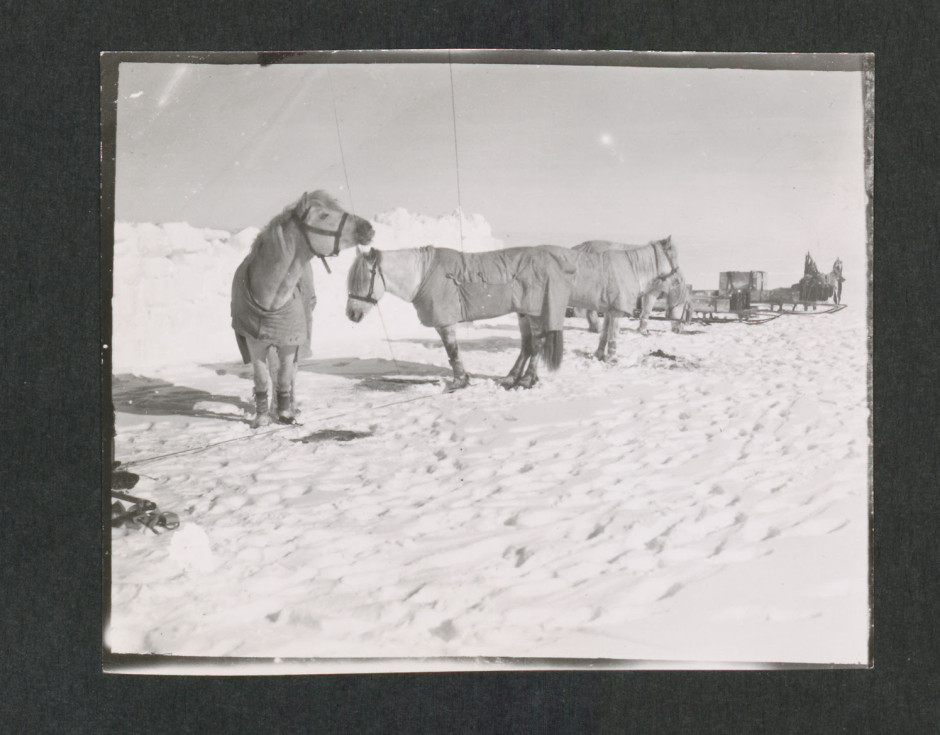Early this morning* I was perusing the BBC website, as I am wont to do every morning, when my eye fell upon the regular round-up of the newspapers and a headline in the Metro. Now, I am not accustomed to reading the Metro—it's aimed at metropolitan commuters and I, therefore, do not fall within its target demographic—but this headline had me rushing to its website.
Selfies blamed for plastic surgery rise
According to 'experts', the Metro doesn't care to enlighten us whom these experts are, 'The relentless rise of the mobile phone pictures, coupled with a fixation on celebrity culture, creates unrealistic expectations.' Furthermore, one-in-three US plastic surgeons has reported an increase in requests for plastic surgery from patients whose desire for intervention is based on looks-aware social media. One-in-seven US facial plastic surgeons has reported 'selfie pressure' as a common trend that had grown in the past year.
This trend is similarly noticable in the UK. The Metro cites Marc Pacifico, from the British Association of Aesthetic Plastic Surgeons, who claims that young people feel under 'incessant pressure' to conform to idealised images of beauty and compare themselves to celebrity images and those that have been digitally enhanced.
Apparently, there has been a ten per cent rise in nose jobs and seven per cent increase in the number of hair transplants over the past year.
Pacifico is of the opinion that if the current trend to take selfies continues it will result in people who are unaccepting of normal variations in appearance.
Shall we just put the brakes on this runaway train of an idea for the moment? While self-portraits might be making people increasingly aware of their appearance, and perchance more critical of it when their photos spread far and wide via Facebook and Twitter and can be compared to perfectly primped and preened personalities, to lay the blame squarely at their shutters for an increase in requests for cosmetic surgery fails to look at the big picture. (Pun shamelessly intended.)
Our appearances have been under scrutiny for millennia, and there have been mirrors and looking glasses to aid in self-scrutiny for just as long. As a consequence we've been comparing our appearances with other people, and going to ridiculous lengths to preserve them, for generations. Elizabethan lead skin whitener, anyone? Or the obsession with the Vidal Sassoon-Mary Quant assymmetric cut in the 1960s? This is not new, but our visually intensive culture does mean that we are subject to unrealistic presentations of perfection and our own short-comings.
Selfies aren't the direct cause of people feeling inadequate in their bodies; they're one of the many vehicles that transport people to a skewed confrontation with their appearances.
Herein is the real issue. It's the expectation of perfection and the inability to separate everyday reality from Hollywood fantasy that leaves people feeling as if they aren't, somehow, perfect as they are. Just I have argued concerning the use of Photoshop and image manipulation in magazines, the key to better body confidence is in education. It's about an understanding that we're all different and that none of us is perfect. Not one.
But do you know what I find even more disturbing than the insinuation that it's the selfie that can be blamed for an increase in the desire for cosmetic surgery? It's the frequency with which cosmetic surgery is presented as an accessible and normal solution for problems that exist in people's heads. When a doctor who wishes to bring affordable cosmetic surgery to the masses wins the BBC primetime TV show The Apprentice and when cosmetic surgery clinics and procedures are advertised on daytime television, it makes me think that people's emotions are manipulated more than their images are.
So instead of lamenting Pacifico's comments on the threat of the selfie to people's tolerance of normal variation in appearance, shouldn't we be using the selfie to celebrate that we're different? To revel in hair that's dark or blonde; curly or straight. To appreciate tall people and short people. To wonder in amazement at different skin tones. To actually take stock that we're all different and that's rather amazing.
(The BBC and the Metro)
* It's now yesterday morning, but nevermind.
